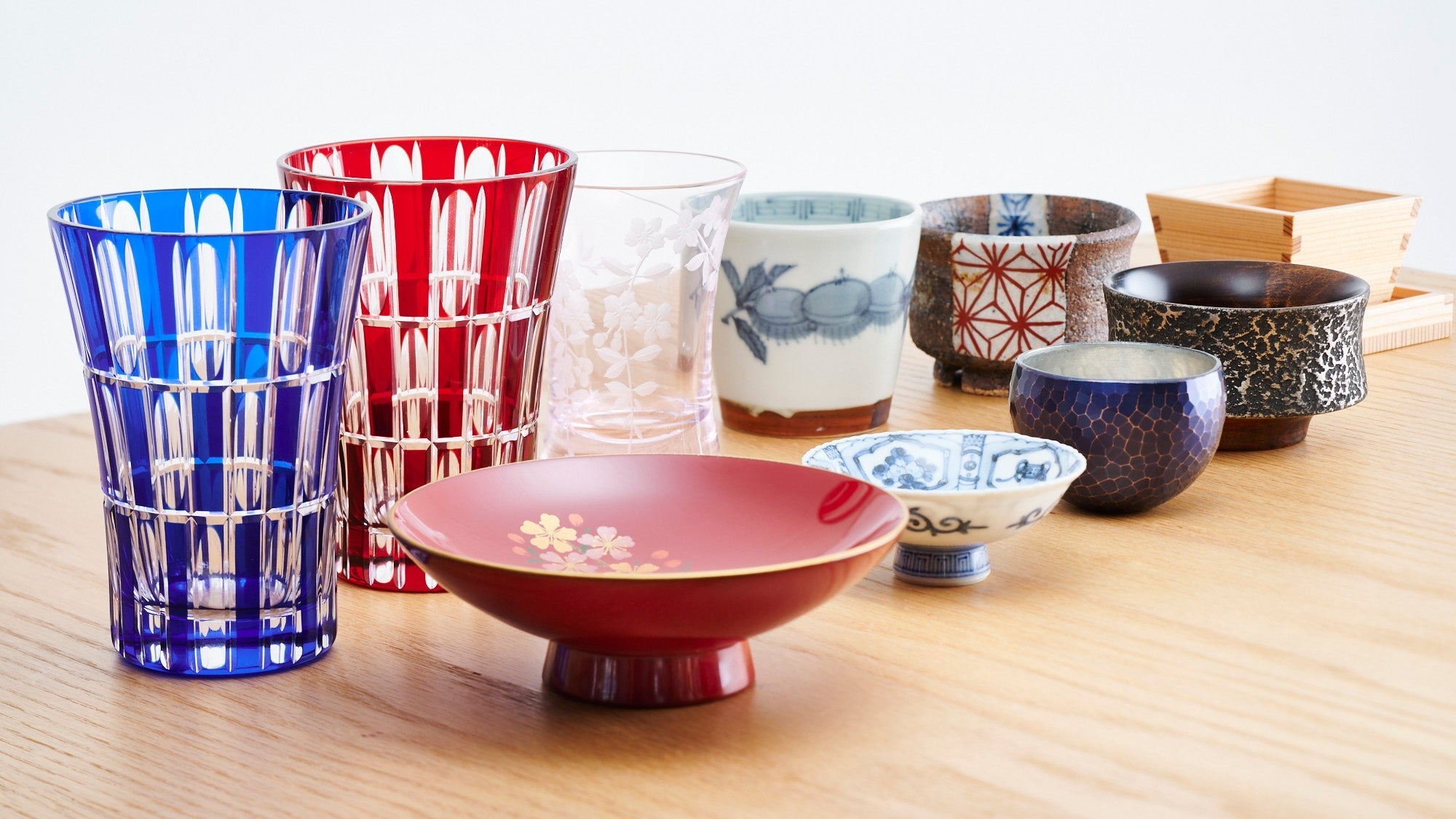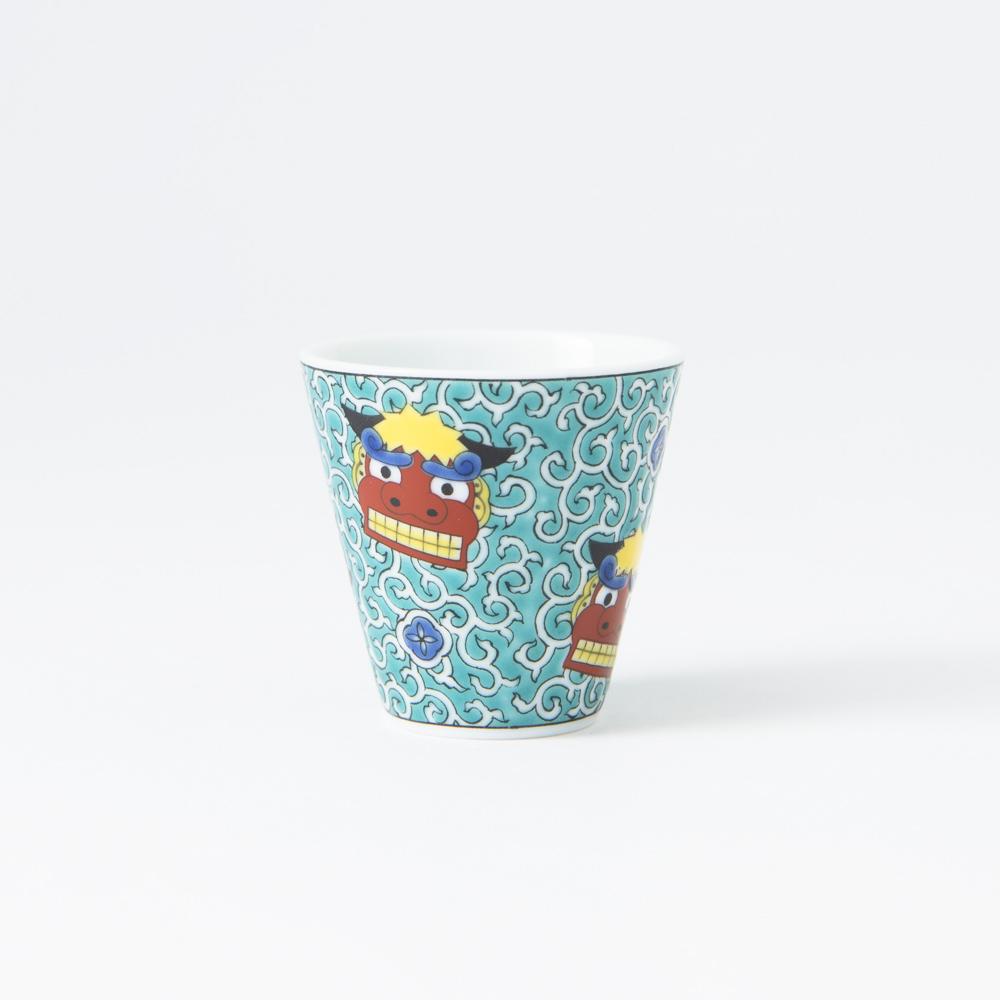
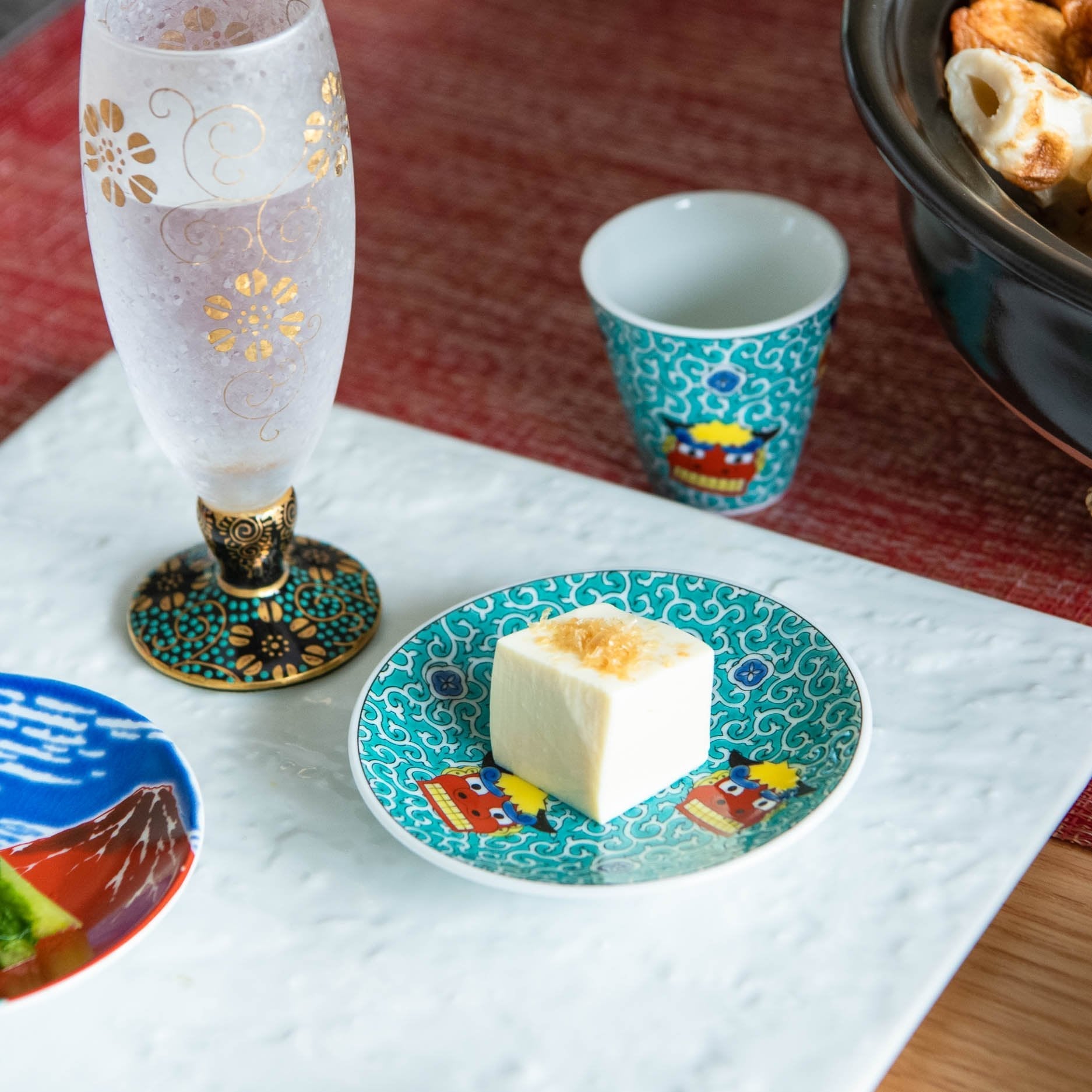
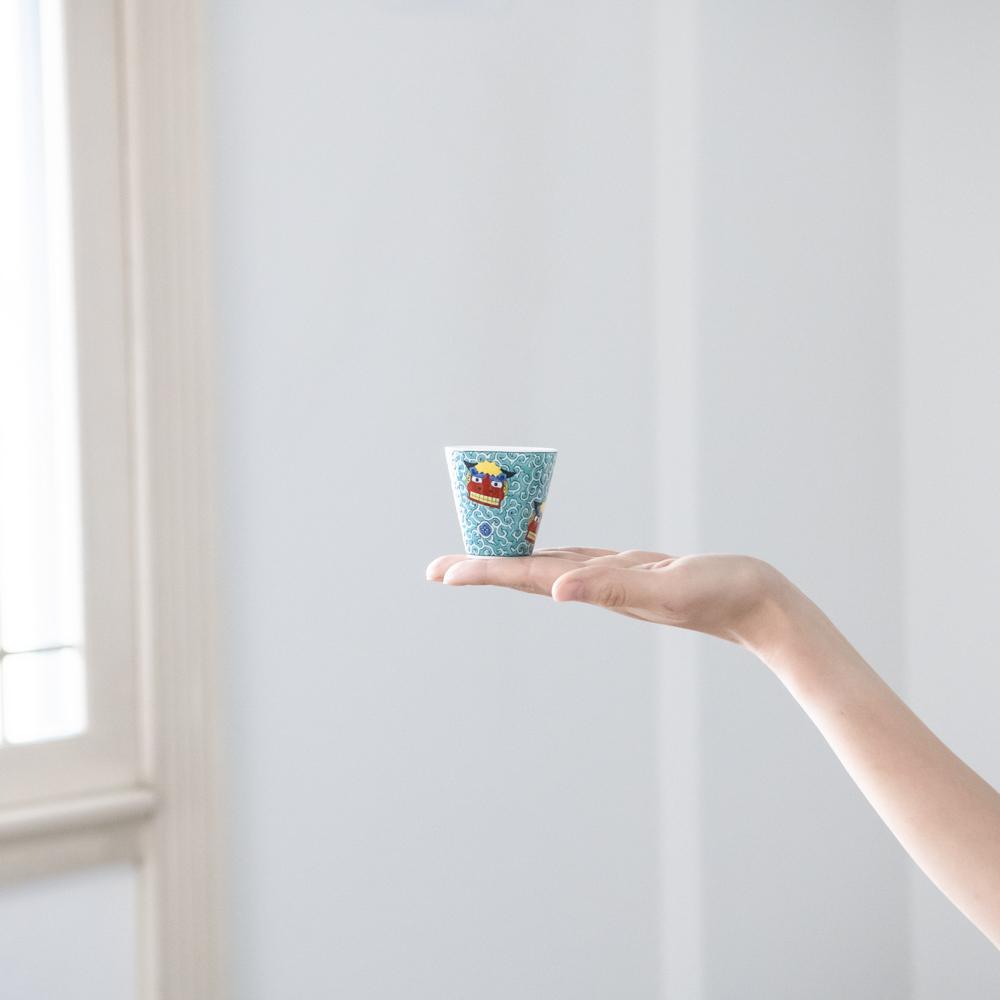
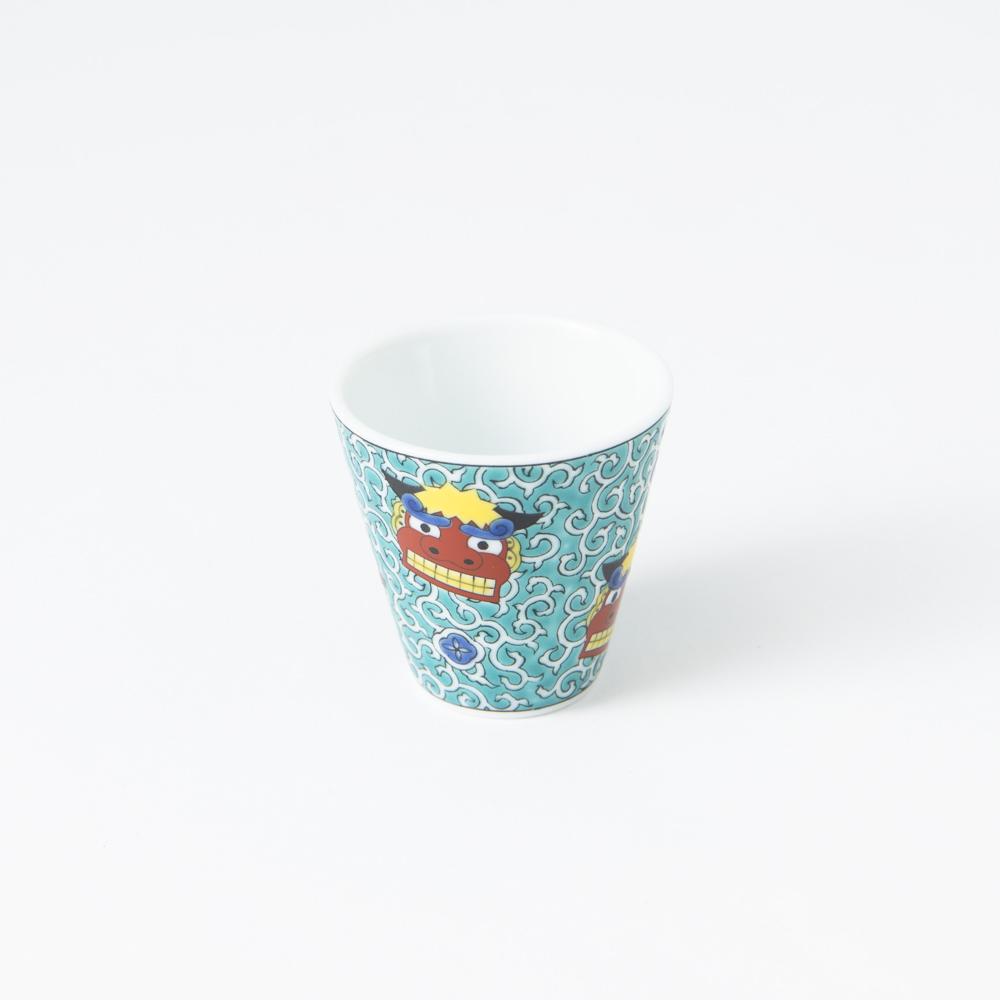
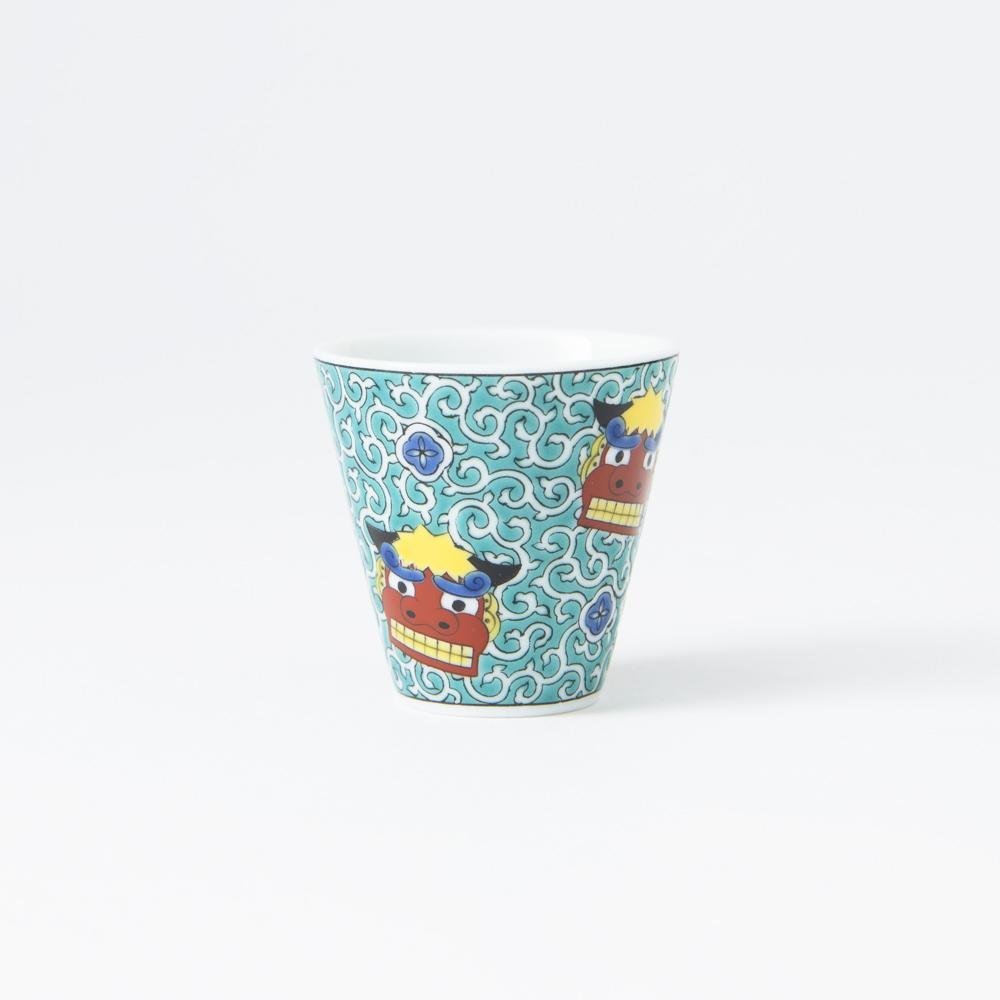
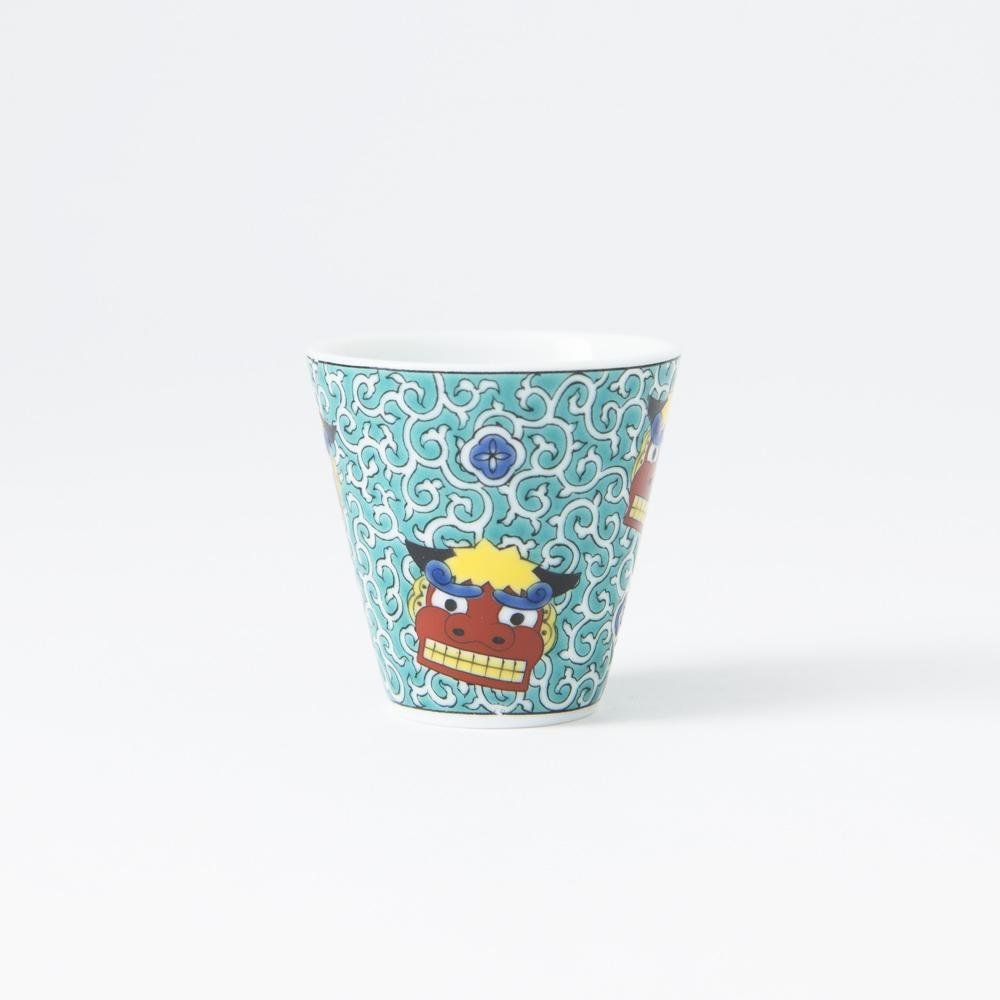
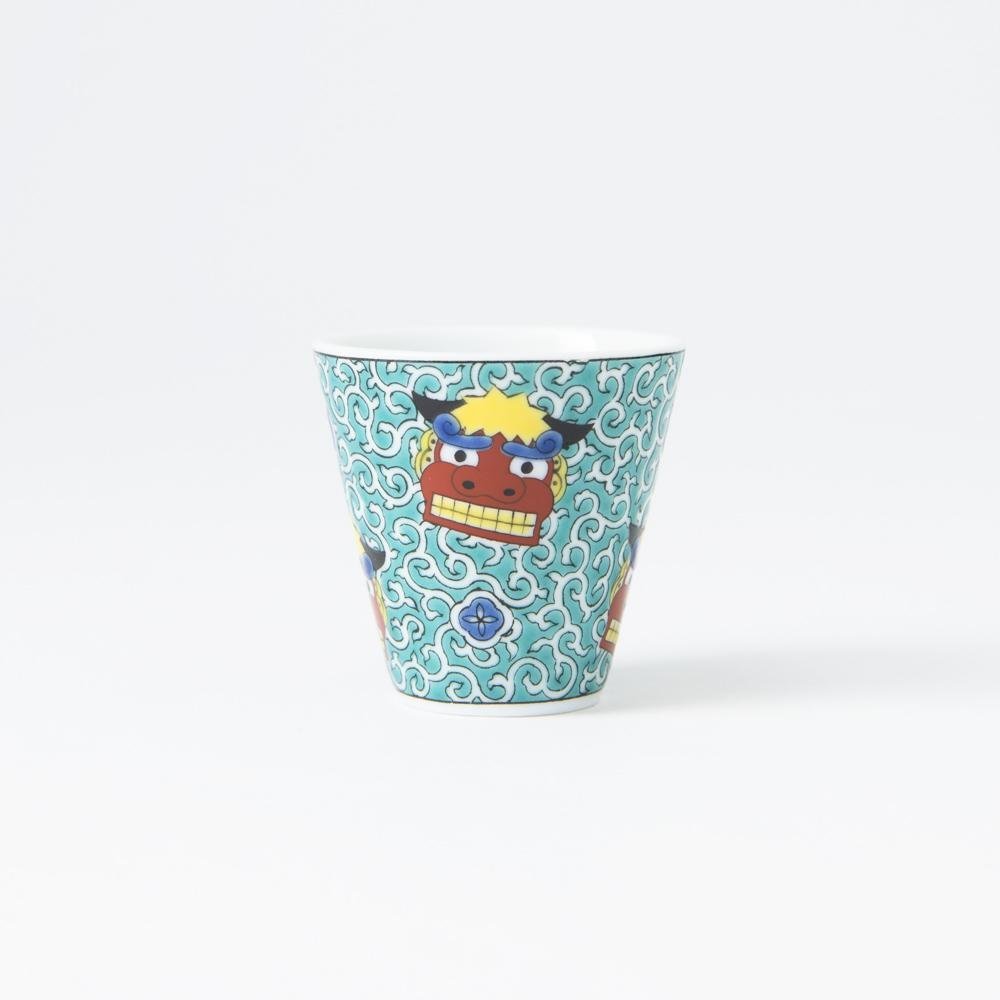
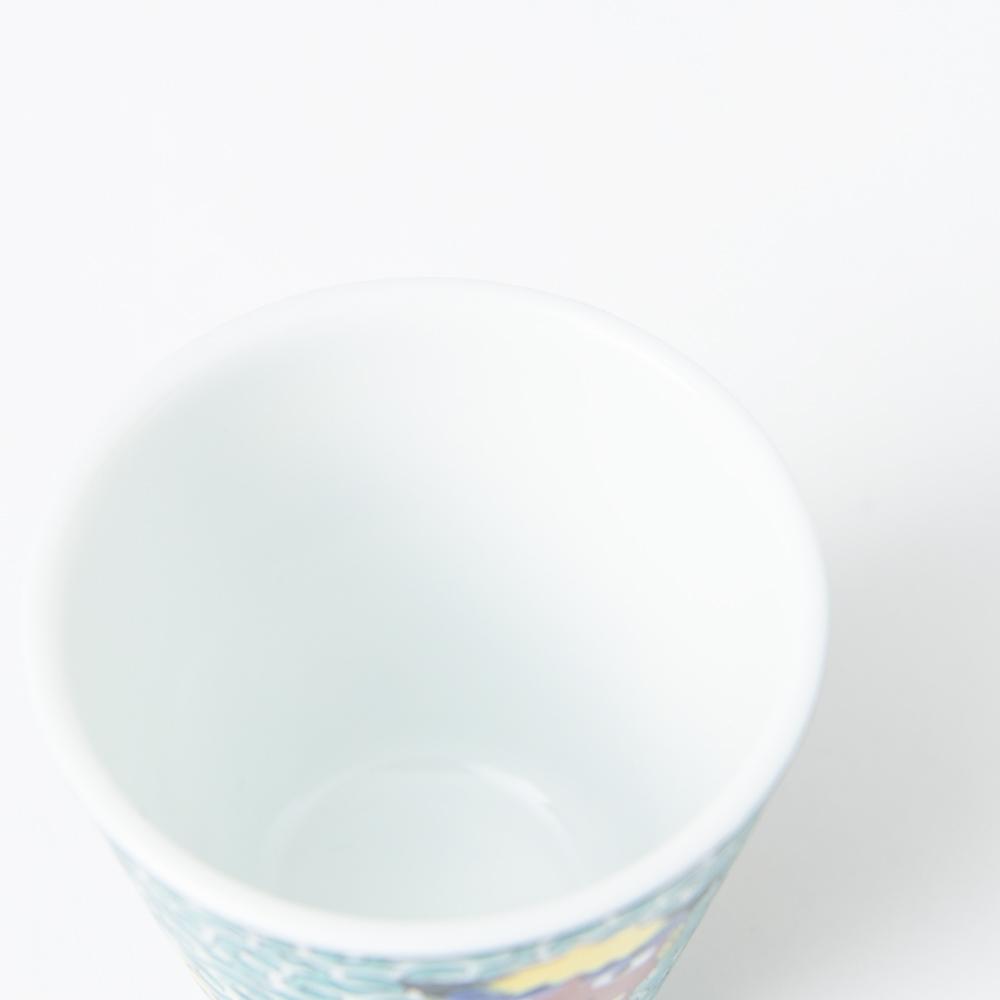
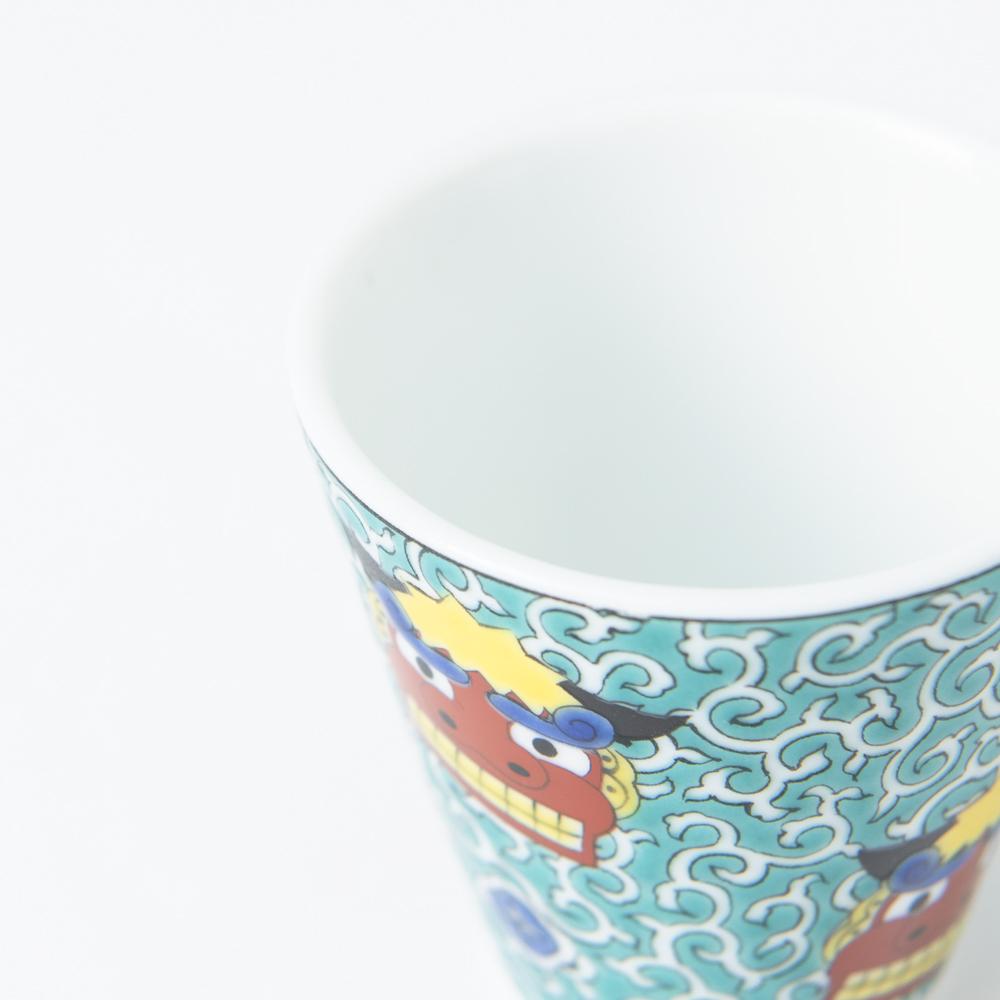
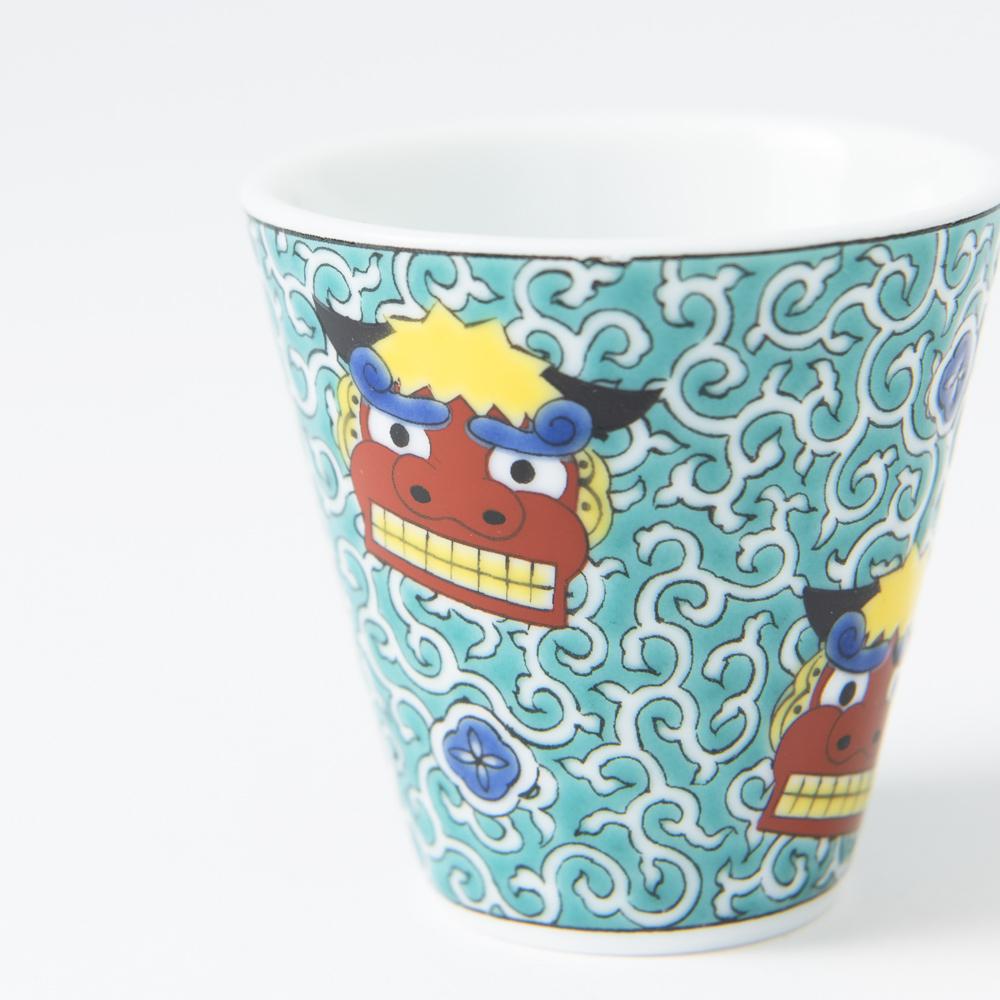
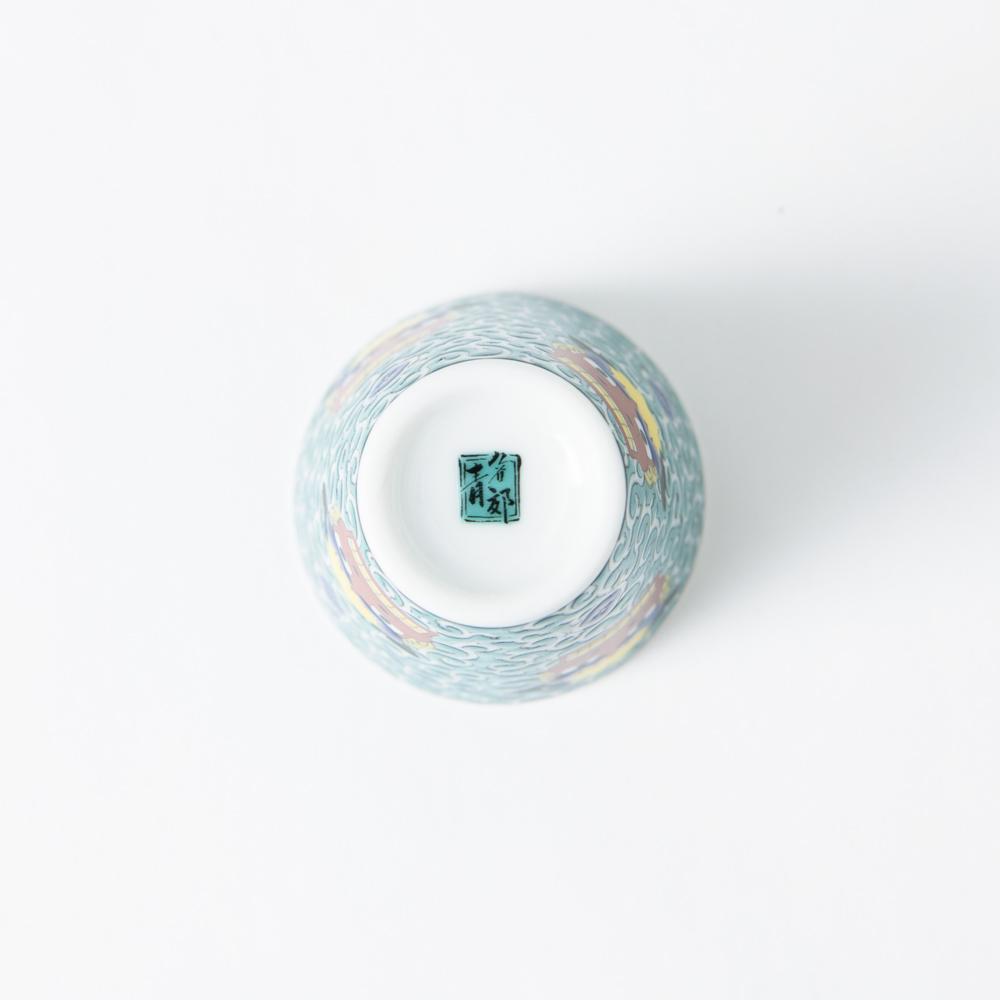
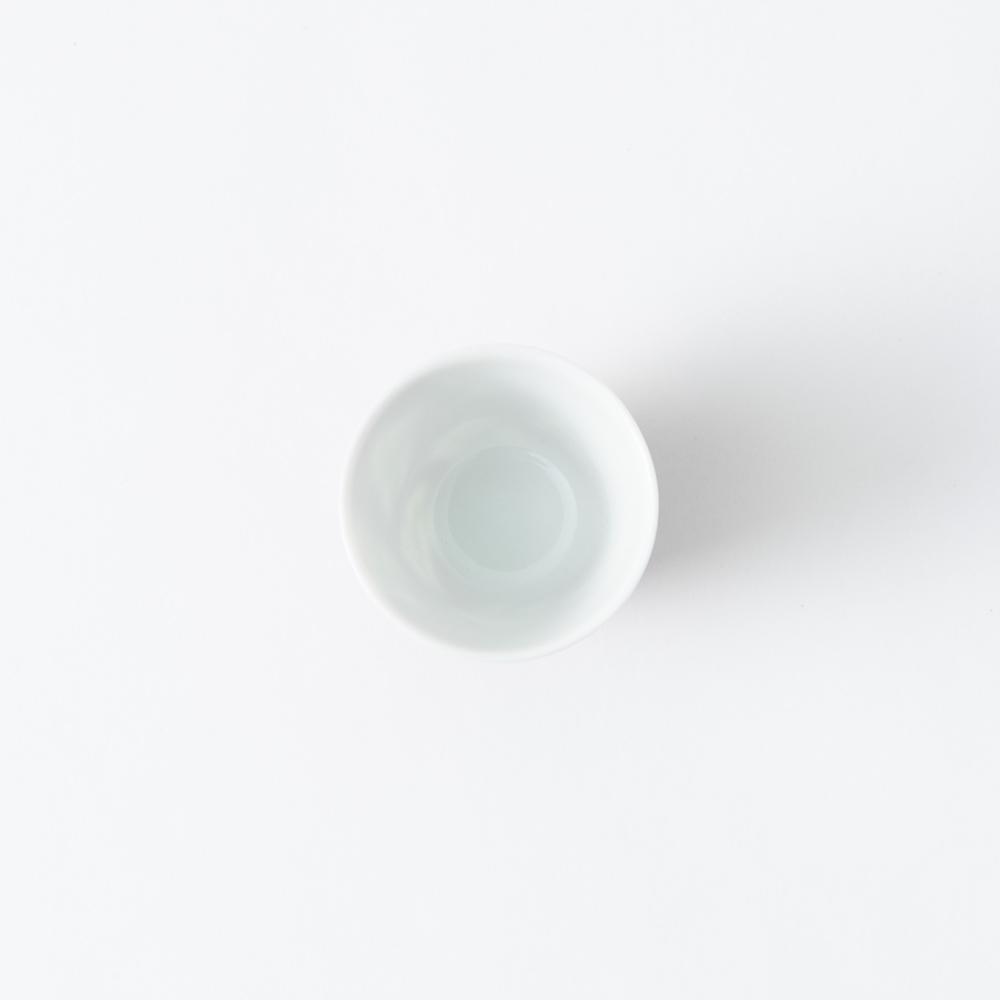
Lion Dance Ochoko Sake Cup
Estimated Shipping Widget will be displayed here!
DETAILS
| Quantity |
1 |
| Size | D 5.5 cm(2.2 in) x H 5.3 cm(2 in) |
| Capacity | 45 ml (1.5 fl oz) |
| Material | Porcelain |
| Microwave | Yes |
| Dishwasher | Yes |
Maker / Brand
Seikou Kiln, founded in the early Taisho era (1912–1926 CE) in Nomi City, Ishikawa Prefecture, has long been dedicated to the art of Japanese overglaze painting for Kutani ware. Through years of research, the kiln perfected a high-quality technique for transferring designs and patterns using in-house printed sheets. This method preserves the transparency of glassy glazes and the depth of thick overglaze paints, achieving the same richness as traditional hand-painting. Their work has earned prestigious accolades, including recognition in the Japan Tourism Agency's Charming Japanese Souvenir Contest.
Crafts
Kutani ware is a pottery produced in the Kaga region of Ishikawa Prefecture and it has a history of over 350 years. It is characterized by the heavy brilliance of the five colors of green, yellow, red, purple, and navy blue that are applied to the bold and daring lines. Its long history has evolved through the tireless efforts and enthusiasm of people who have sought innovation while maintaining tradition.
The beauty of the various styles and methods of painting is known as "Japan Kutani" and is highly regarded around the world.
Choose options












Sake Cups
Explore a refined selection of sake cups crafted by Japan's skilled artisans. From traditional ochoko to modern designs, each piece reflects the artistry and heritage of Japanese craftsmanship. Perfect for both quiet moments and celebratory toasts, these cups bring elegance to your sake experience.
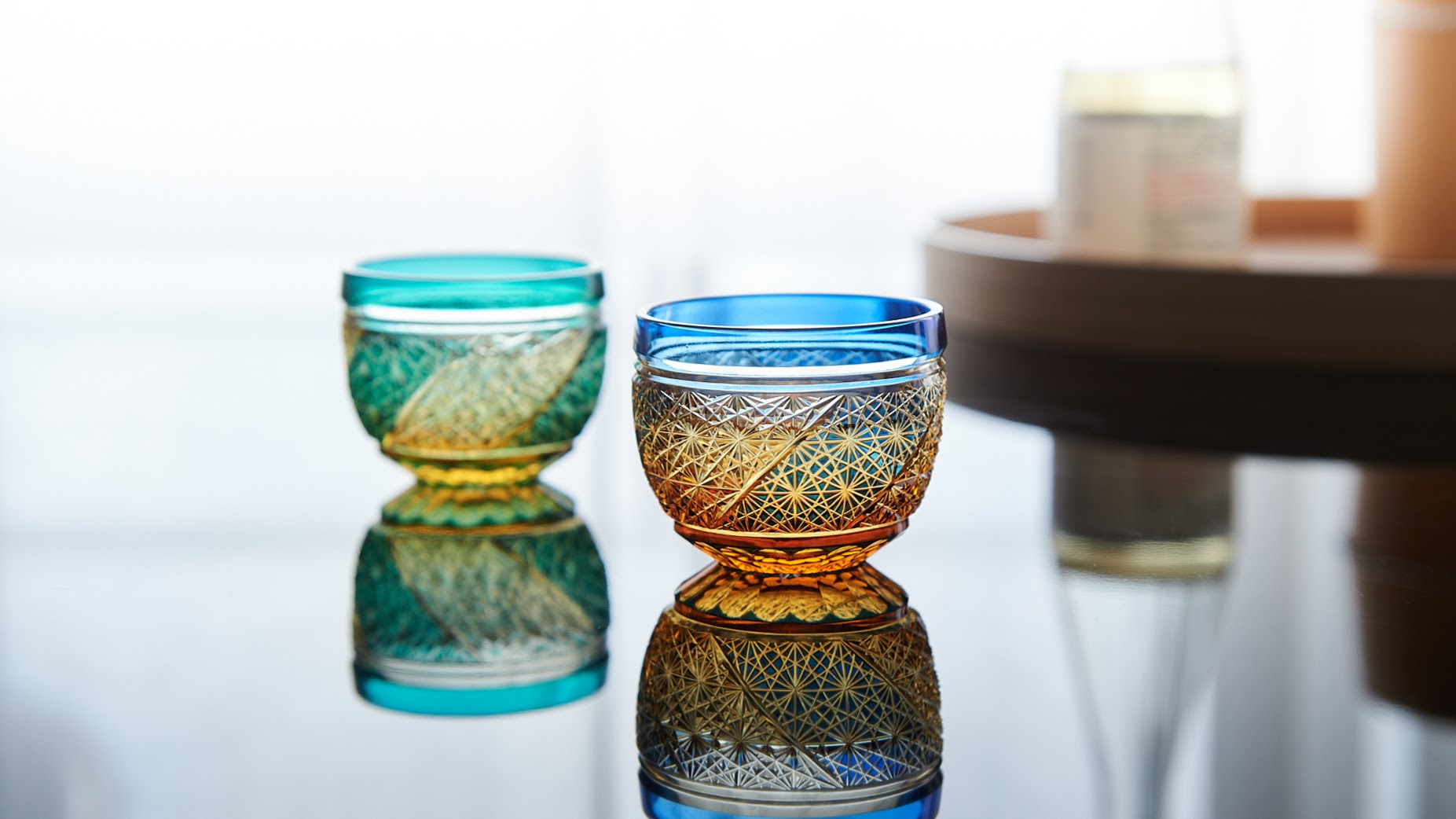
Expert Tips: Guide for Choosing the Perfect Sake Cup
